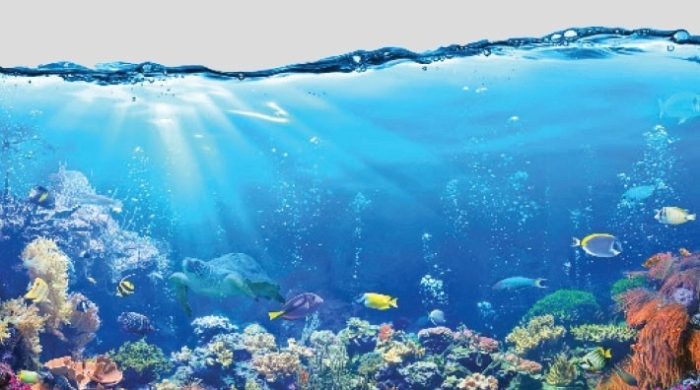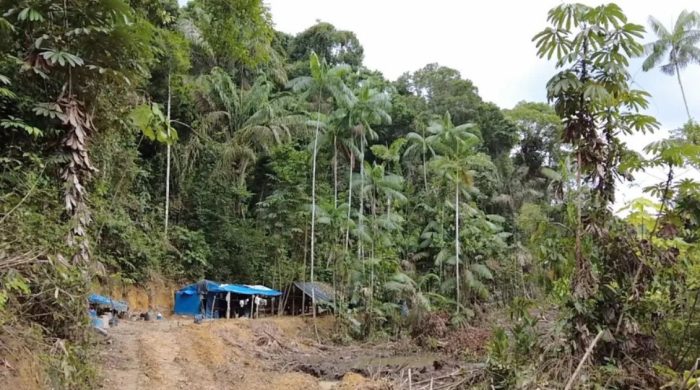Two maritime conflicts in the Bay of Bengal are the illegal exploitation of national resources and the purposeful sea pollution. There are also threats to life and property on board ships or structures. These disputes include illegal fishing, environmental damage, and armed theft. Pollution is the main problem in the Bay of Bengal, killing off vast numbers of marine species. Physical factors like high temperatures and low oxygen levels also play a part, but pollution is the main problem.
Many new tools have been used in the Bay of Bengal to study the ocean and make electricity. The National Institute of Ocean Technology set up the OMNI buoy network, which gives real-time information on oceanographic factors below the surface. Using underwater gliders like the “Barathi” has also improved Bay’s spatial and temporal resolution measures. The idea of a combined floating power plant that uses solar and tidal energy has been considered for efficient and long-lasting power production. However, Bangladeshi industrial trawl fishers in the Bay could be more efficient, which shows that better resource management is needed.
The OMNI buoy system takes readings in the water below to monitor the temperature, salinity, and currents that change heights in the Bay. This system helps us learn more about how the thermohaline and current features in the upper ocean change over time. Underwater gliders and sensor nodes are used in the Bay of Bengal to take very accurate readings of temperature, conductivity, and other factors. This system helps researchers understand climate change and how it works. These new technologies are essential for monitoring changes in the Bay of Bengal and figuring out what part it plays in climate change. They also give researchers, service providers, and people who predict weather and climate change worldwide helpful information.























